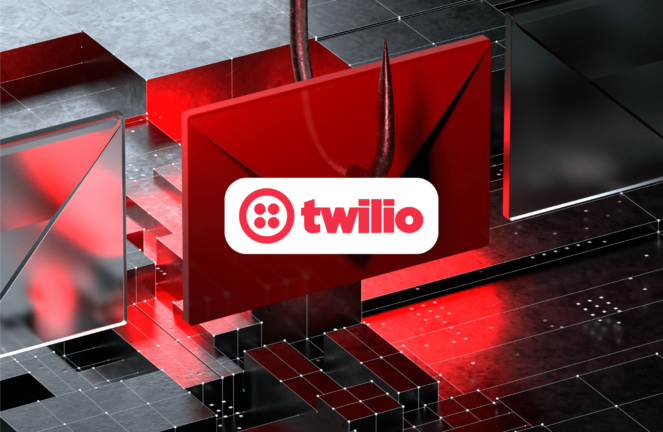SimplicityDX has unveiled its latest research titled "Navigating the Social Media Advertising Landscape," shedding light on the influence of dark social on the landscape of customer acquisition costs. Dark social represents a place where traffic, initially from social media, is mistakenly labeled as 'direct' traffic by analytics tools due to the absence of campaign tracking codes.
This comprehensive report exposes the challenge most merchants face in deciphering the true impact of social media advertising due to dark social footprints. The research delved into the perspectives of brands, retailers, and digital agencies, showing that only 3% of the participants claimed accurate measurement of social ad revenues. On average, the respondents estimated their ability to measure a mere 44% of the total social revenues, underscoring the challenges in accurately gauging the efficacy of social media advertising campaigns.
“Tracking shoppers from the ad through to the actual purchase has become near impossible. Apple’s Do Not Track, data privacy regulations, the use of in-app browsers, and social sharing all break link tracking. To make it even harder most consumers prefer to discover on social, but buy on the brand site. All of these create a huge proportion of traffic which is dark and untrackable,” explained Charles Nicholls, industry veteran and analyst at SimplicityDX Academy.

Consistency of social media marketing
The survey revealed a pervasive trend, showing that 91% of brands are actively engaged in social media advertising. Their motives vary, with 39% aiming at acquiring new customers, while an equal 39% strike a balance between customer acquisition and catering to existing clientele. Additionally, two-thirds of these enterprises allocate a quarter of a million dollars or more annually to their social media advertising endeavors despite dealing with the challenge of accurately gauging its impact.
This situation highlights a contradiction: brands spend a lot of money on social media advertising, but they find it challenging to accurately measure its impact. On average, these brands believe they can only measure about 44% of their social revenues, showing the industry's difficulty in unveiling how effective social media advertising really is.
E-commerce marking
In the realm of e-commerce, 71% of brands direct social media visitors to regular pages like the homepage or product details. However, this approach seems to have inefficiencies, as more than half (52%) complain about high bounce rates, where visitors quickly leave.
Delving into brand priorities, 71% want a consistent experience when visitors move from social media to their website. They want it to be easy for people to find promoted content. This underscores a gap between how social media works and what brands want.
In other news, SimplicityDX recently released a survey highlighting that as many as 48% of consumers engaged in unplanned online purchases, while 56% expressed regret regarding their impulsive buying decisions.









